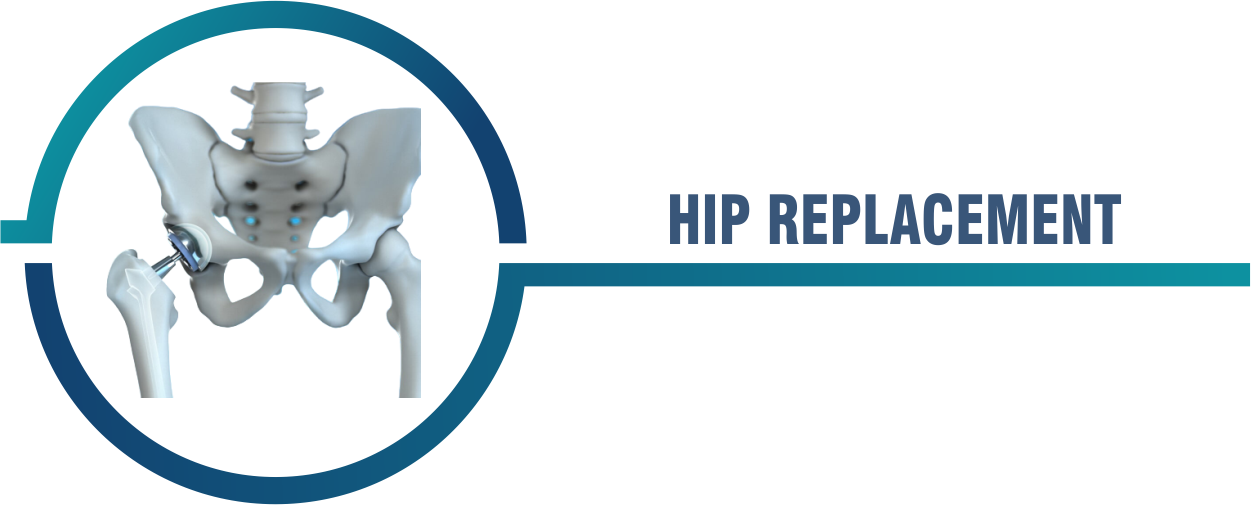
About Hip Replacement
Hip Replacement Surgery replaces the hip joint (or part of it) with an artificial implant (prosthesis). It is commonly used in adults who have failed other treatments, such as using a cane or walker, weight loss, medication, and physical therapy. It is done to completely remove the femoral head and the hip joint causing difficulty is replaced with a brand new artificial hip joint. The prosthesis or implant is then inserted along with a replacement cup and ball. The new ball here is attached to the shaft and can be built into the hip bone.
Types of Hip Replacement Surgery include:
- Total Hip Replacement: This procedure completely removes the naturally damaged intra-articular joint. It is replaced with an artificial joint. This surgery completely relieves hip pain and improves your quality of life. However, recovery from total hip replacement surgery takes a long time.
- Partial Hip Replacement: Part of the damaged hip joint is removed and replaced with an artificial joint. Recovery from a partial hip replacement takes less time than a total hip replacement.
- Hip Resurfacing: This is another method of total hip replacement surgery. Useful for realigning damaged spheroid joints rather than completely replacing them. This is achieved by creating a larger-than-usual hip ball, which helps prevent adduct dislocation dislocations.
- Double Hip Replacement: Also, called bilateral total hip replacement, it is performed on both hips.
- Correction of Hip Replacement: Temporary hip replacement may not work. Or the prosthesis attached to the first joint area does not work well. It can dislocate or cause an infection. The surgeon can then perform another operation. This surgery is considered a revision hip replacement. It is intended to correct the problem with primary surgery.
- Minimally Invasive Hip Replacement: The goal is to achieve the same benefits as a total or partial hip replacement. Surgery ensures that the patient recovers and is ready to return to normal life as soon as possible. This operation is performed using small tools and instruments. These are inserted through several small incisions around the hip joint rather than through one large incision.
